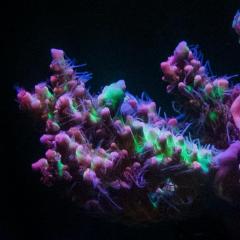-
Similar Content
-
Topics
-
Latest Update
-
1
-
0
-
11
WTS: Purple tang, blue tang, leopard wrasse, Naso tang, Golden maroon clown
Left last fish: Leopard wrasse: ~2-3 inches. Pellets feeding! $30 - with me for 2 years Collect at Simei. Contact 8 11 8 23 8 0 -
0
Cheapest Berghia you can find! $20 each
$20 each berghia to let go! Limited pieces left, should be the last batch for me to catch them. Pasir Ris collection Thank you -
1
FOC Leopard Wrasse & Banded coral shrimp BY TODAY
Collected by a good reefer. Admin can help close the thread thanks
-







Recommended Posts
Join the conversation
You can post now and register later. If you have an account, sign in now to post with your account.